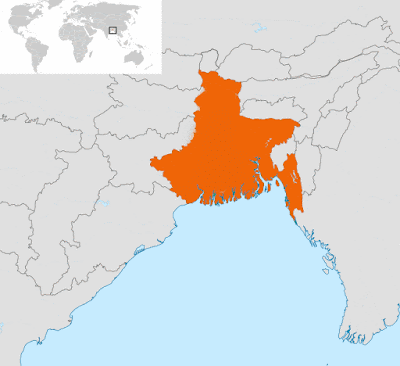Jallianwalla Bagh Massacre
Massacre of Amritsar
Jallianwala Bagh Massacre, Jallianwala also spelled Jallianwalla, also called Massacre of Amritsar, incident on April 13, 1919, in which British troops fired on a large crowd of unarmed Indians in an open space known as the Jallianwala Bagh in Amritsar in the Punjab region (now in Punjab state) of India, killing several hundred people and wounding many hundreds more. It marked a turning point in India’s modern history, in that it left a permanent scar on Indo-British relations and was the prelude to Mohandas (Mahatma) Gandhi’s full commitment to the cause of Indian nationalism and independence from Britain.
Amritsar, Massacre ofMassacre of Amritsar memorial, Amritsar, Punjab, India.Joanjoc
Jallianwala Bagh Massacre
QUICK FACTS
DATE
April 13, 1919
LOCATION
Amritsar
India
Jallianwalla Bagh
CONTEXT
British raj
Mahatma Gandhi
Montagu-Chelmsford Report
Rowlatt Acts
During World War I (1914–18) the British government of India enacted a series of repressive emergency powers that were intended to combat subversive activities. By the war’s end, expectations were high among the Indian populace that those measures would be eased and that India would be given more political autonomy. The Montagu-Chelmsford Report, presented to the British Parliament in 1918, did in fact recommend limited local self-government. Instead, however, the government of India passed what became known as the Rowlatt Acts in early 1919, which essentially extended the repressive wartime measures.
British raj: Jallianwala Bagh Massacre at Amritsar
Soon after Dyer’s arrival, on the afternoon of April 13, 1919, some 10,000 or more unarmed men, women,…
The acts were met by widespread anger and discontent among Indians, notably in the Punjab region. Gandhi in early April called for a one-day general strike throughout the country. In Amritsar the news that prominent Indian leaders had been arrested and banished from that city sparked violent protests on April 10, in which soldiers fired upon civilians, buildings were looted and burned, and angry mobs killed several foreign nationals and severely beat a Christian missionary. A force of several dozen troops commanded by Brig. Gen. Reginald Edward Harry Dyer was given the task of restoring order. Among the measures taken was a ban on public gatherings.
The shooting was followed by the proclamation of martial law in the Punjab that included public floggings and other humiliations. Indian outrage grew as news of the shooting and subsequent British actions spread throughout the subcontinent. The Bengali poet and Nobel laureate Rabindranath Tagore renounced the knighthood that he had received in 1915. Gandhi was initially hesitant to act, but he soon began organizing his first large-scale and sustained nonviolent protest (satyagraha) campaign, the noncooperation movement (1920–22), which thrust him to prominence in the Indian nationalist struggle.
The government of India ordered an investigation of the incident (the Hunter Commission), which in 1920 censured Dyer for his actions and ordered him to resign from the military. Reaction in Britain to the massacre was mixed, however. Many condemned Dyer’s actions—including Sir Winston Churchill, then secretary of war, in a speech to the House of Commons in 1920—but the House of Lords praised Dyer and gave him a sword inscribed with the motto “Saviour of the Punjab.” In addition, a large fund was raised by Dyer’s sympathizers and presented to him. The Jallianwala Bagh site in Amritsar is now a national monument.
Thnks for your support keep supporting us by doing share and comments and don't forget to subscribe.
Subscribe
Contact







Thank you bro. But this is Very short. I think you are a new blogger. You can check following link and get ideas from this website.
ReplyDeletehttps://www.myeduwaves.com/2020/01/jallianwala-bagh-massacre-history-facts.html?m=1
Okkkk bro i i wi
Delete